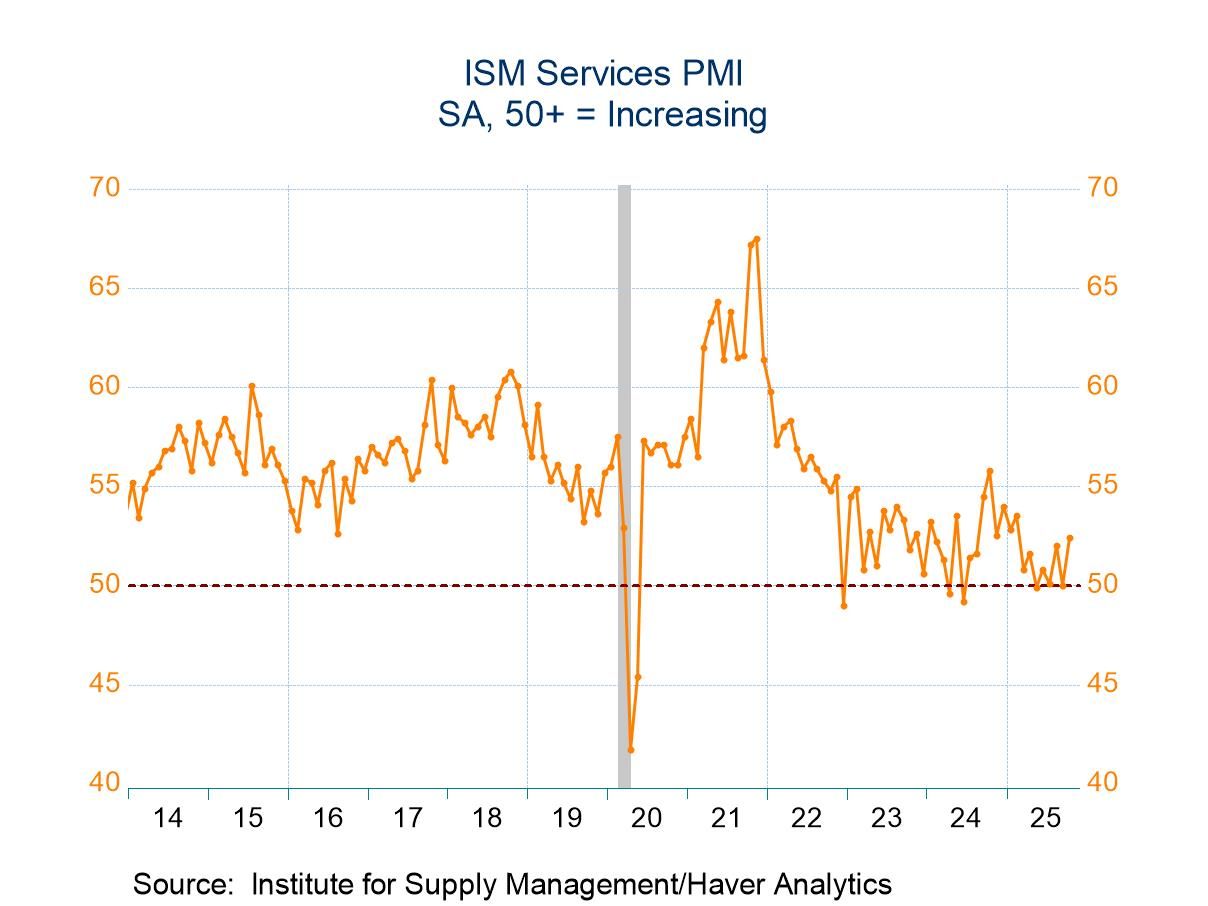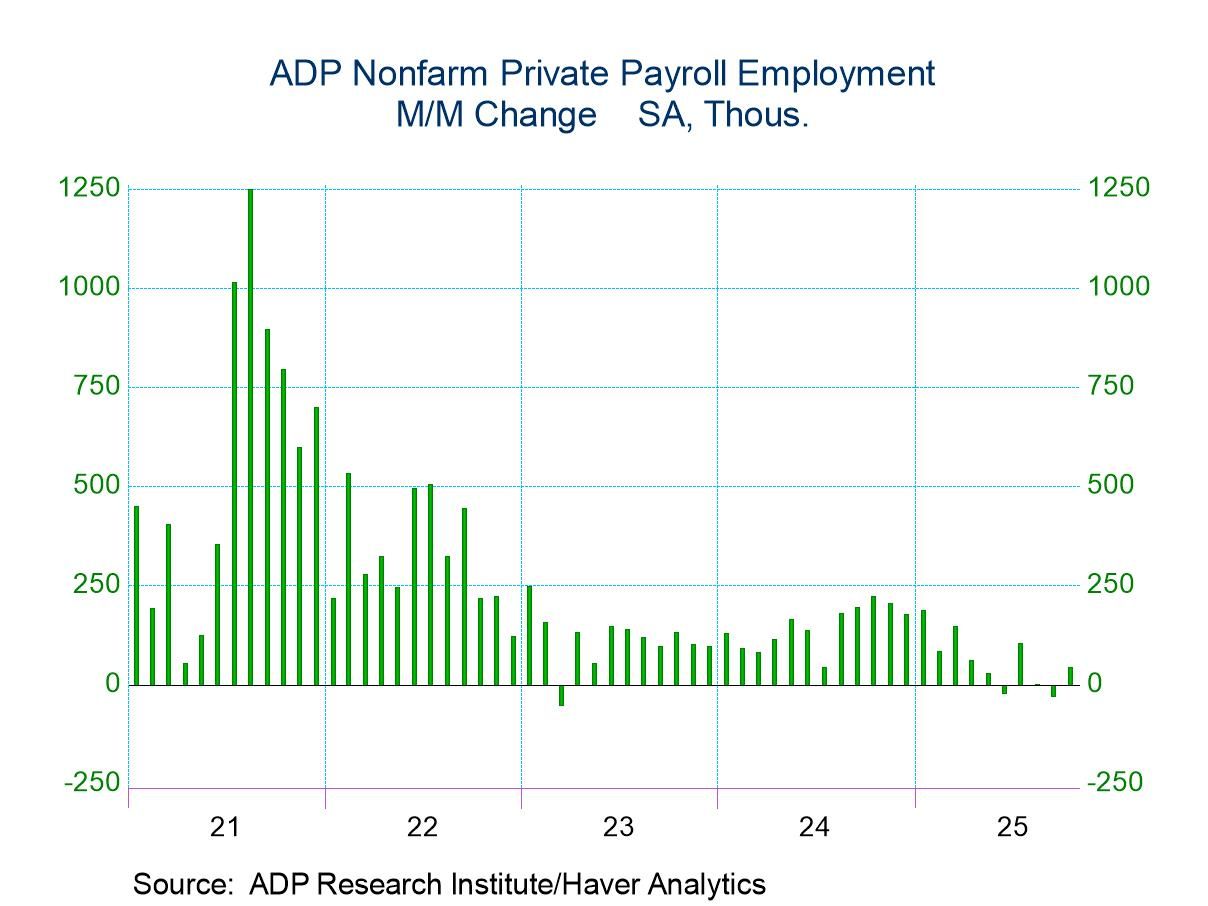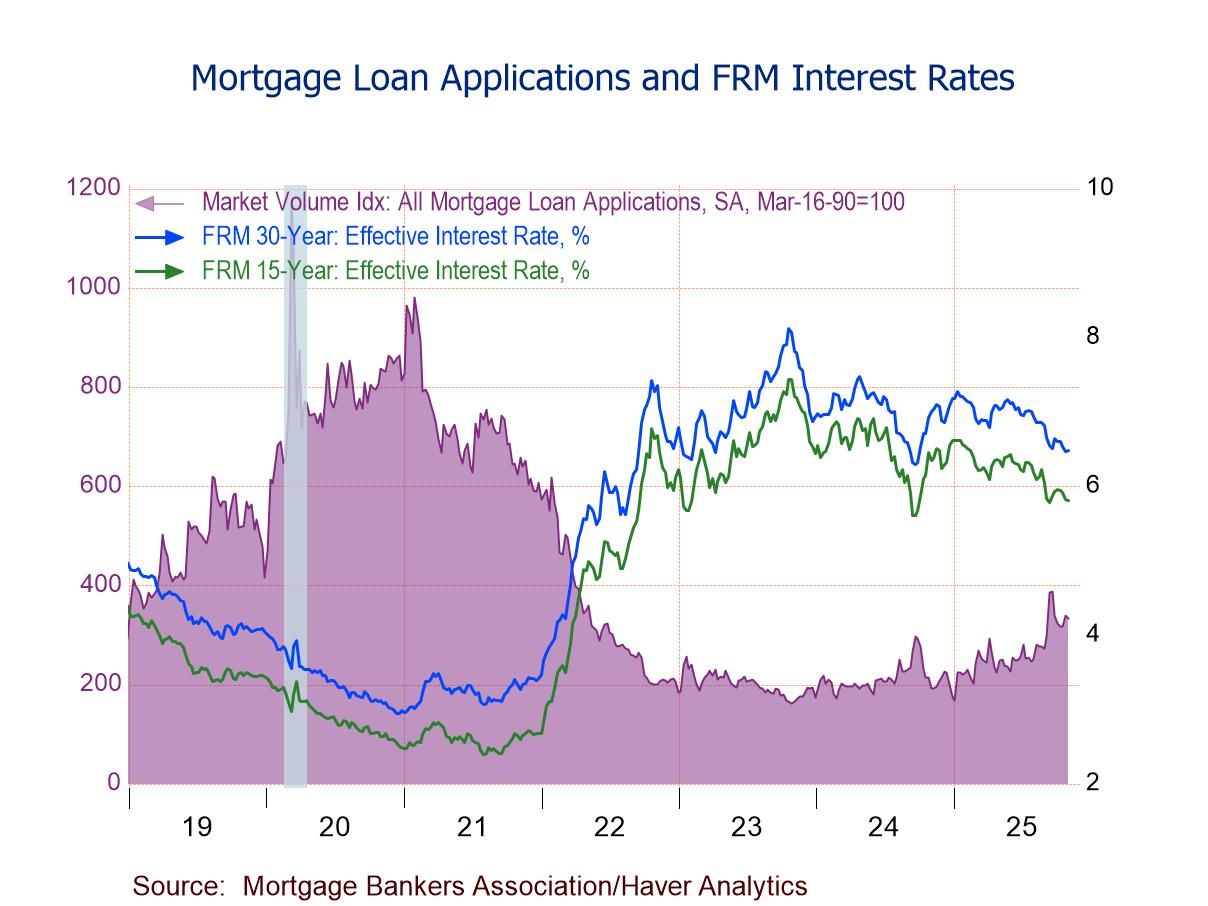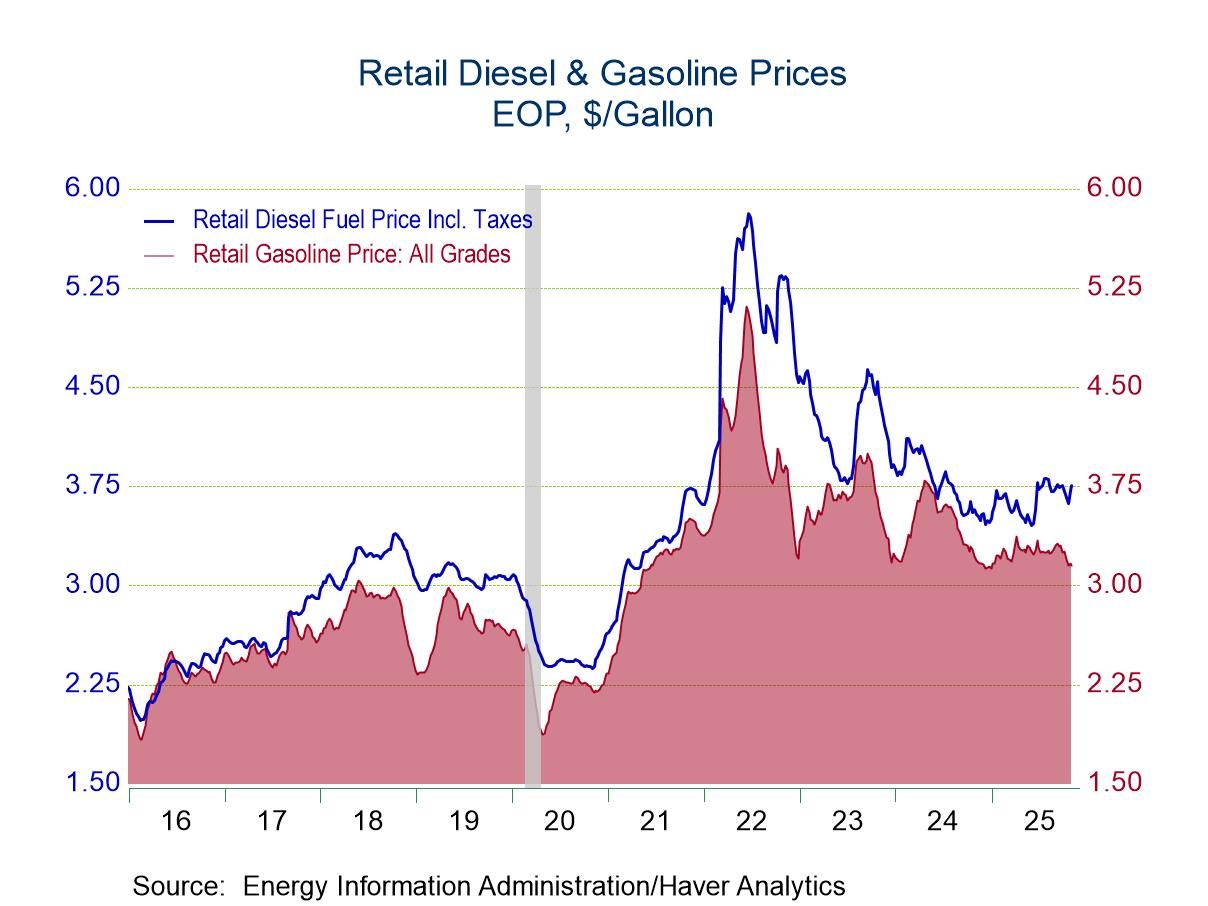 Global| Mar 17 2023
Global| Mar 17 2023Charts of the Week (Mar 17, 2023)
by:Andrew Cates
|in:Economy in Brief
Summary
Last week’s failure of a US bank and growing fears about the underlying health of the world’s broader banking sector have dominated the financial headlines in recent days. A trend toward risk aversion has clearly been in the ascendancy. And central banks are now under growing pressure to offer targeted support and more generally to halt their tightening campaigns in order to restore financial stability. For while banks’ funding models and regulatory oversight are now being actively discussed, a key root of the present crisis concerns the synchronized – and relatively aggressive – campaign from central banks to squeeze out inflation. In our first two charts this week we illustrate how financial stress has been building and how markets have re-assessed their expectations for Fed policy in recent days. Our next two charts, however, illustrate how those expectations have been shifting in ways that are somewhat counter to the global economic scene. Still, at the margin, incoming data over the last few days suggest that labour market activity and inflation have continued to cool, which should alleviate the current dilemmas for policymakers. Our fifth chart, showing high frequency indicators of hiring activity, offers one example of that trend. Our final chart, showing how global air passenger traffic appears to be slowing down as well, is also possibly a sign that COVID-related distortions to the world’s economic fabric (and their inflation implications) are now normalising as well.
Listen to our latest podcast here:
Financial stability The trend toward risk aversion that’s been in vogue over the past few days is neatly evidenced by the ECB’s indicators of systemic stress in financial markets (see chart 1 below). Those indicators had been exhibiting a broadly-based improvement in recent months. But that improving trend abruptly reversed toward the end of last week in the United States which subsequently spilled over to Europe (and China) in the first half of this week.
Chart 1: Indicators of systemic stress in financial markets

US banking stress and the Fed As noted already, heightened financial instability and growing concern about its economic consequences, have led to a big re-pricing of Fed policy. In chart 2 below we illustrate this via the expectations for interest rates that are implicit in Fed Funds futures contracts. While these suggest that most investors still expect a 25bps increase in the Fed funds rate at next week’s FOMC meeting, there is now a growing view that this will earmark the end of the tightening cycle. Indeed, markets are now anticipating that the Fed will have begun to cut interest rates by the end of this year and will then extend that easing cycle into 2024. This stands in vivid contrast to the market’s view this time last week, which had envisaged that the Fed would keep lifting rates by nearly 100bps by the end of this year.
Chart 2: Market pricing of Fed policy

Global growth expectations It’s been noteworthy, moreover, against this backdrop of financial instability that the global economic outlook had, on the whole, been improving in recent weeks. The March survey of Blue Chip economic forecasters, for example, revealed that growth expectations for 2023 have been lifted in recent months (see chart 3 below). Falling energy prices and ebbing inflation have been a source of that heightened optimism. But China’s re-opening and its likely impact on world trade has been another.
Chart 3: Blue Chip Consensus GDP forecasts for 2023

Data surprises in China and the US It has certainly been of note as well that having disappointed expectations through much of 2022, incoming economic data from China have mostly surprised expectations on the upside so far this year (see chart 4 below). It’s of note too, moreover, that this trend toward more positive dataflow has found an echo in the US.
Chart 4: Citigroup economic data surprise index for China and the US

Labour markets in the US and Europe Still, as this week’s US CPI and PPI reports suggested, incoming data also suggest that inflationary pressures have continued to cool. The same can be said about the labour market from the battery of data that have been published over the past fortnight. The Indeed group’s daily job postings data for the world’s major economies offer a similar message about labour market activity (see chart 5 below).
Chart 5: Job postings in Germany, the US and UK

Airline passenger traffic One of the sectors of the world economy that has elicited more price pressures than most in this post-COVID era is of course the airline industry. Large pockets of pent-up demand have combined with lingering supply-side restrictions (concerning travel routes) to magnify inflation tensions. There are now signs, however, that pent-up demand pressures are starting to cool. Having peaked last October, the data for passenger load factors from IATA (the International Air Transport Association) have come off the boil over the past few months, as evidenced in chart 6 below. A key question now, however, is whether China’s reopening will cause Asia’s - and the broader world economy’s - passenger numbers to start climbing again.
Chart 6: Air passenger load factors in North America, Europe and Asia

Andrew Cates
AuthorMore in Author Profile »Andy Cates joined Haver Analytics as a Senior Economist in 2020. Andy has more than 25 years of experience forecasting the global economic outlook and in assessing the implications for policy settings and financial markets. He has held various senior positions in London in a number of Investment Banks including as Head of Developed Markets Economics at Nomura and as Chief Eurozone Economist at RBS. These followed a spell of 21 years as Senior International Economist at UBS, 5 of which were spent in Singapore. Prior to his time in financial services Andy was a UK economist at HM Treasury in London holding positions in the domestic forecasting and macroeconomic modelling units. He has a BA in Economics from the University of York and an MSc in Economics and Econometrics from the University of Southampton.






